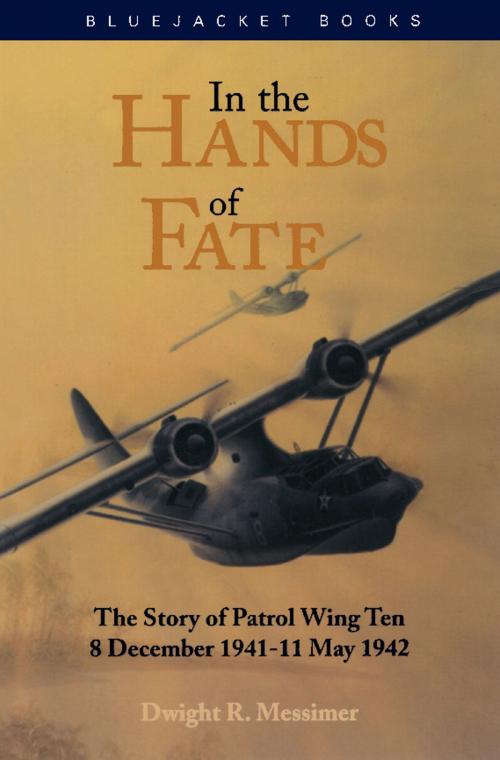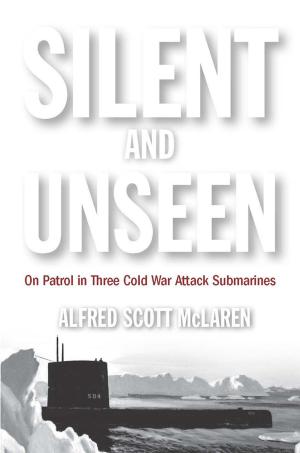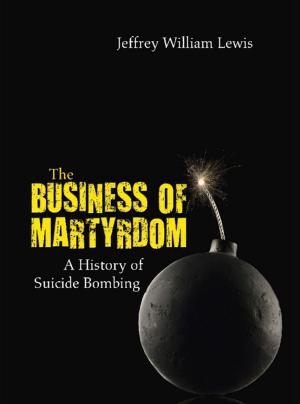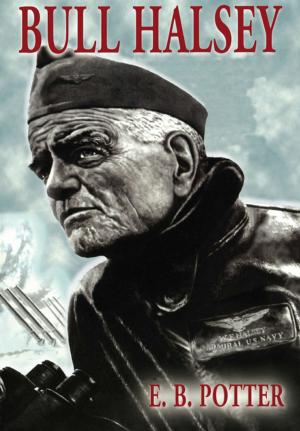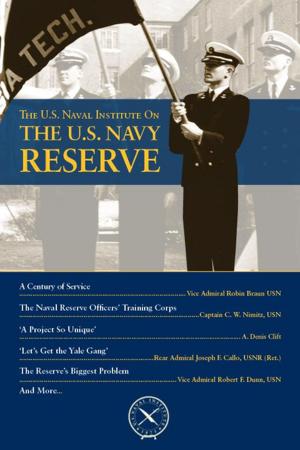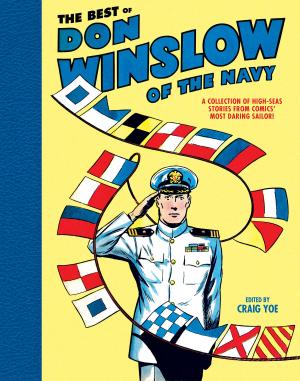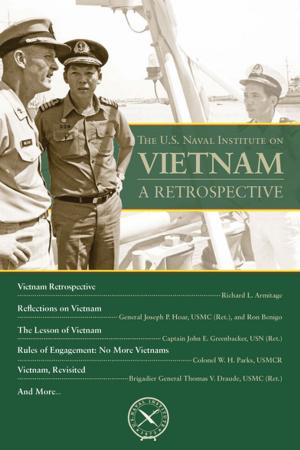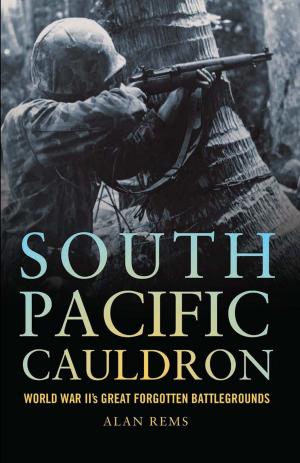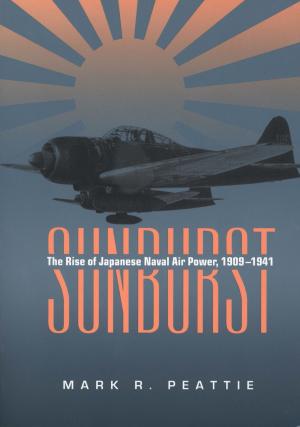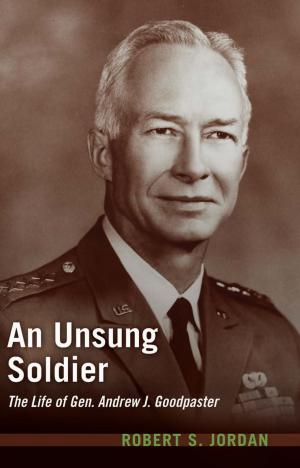In the Hands of Fate
The Story of Patrol Wing Ten, 8 December 1941 - 11
Nonfiction, History, Military, World War II| Author: | Dwight R. Messimer | ISBN: | 9781612511757 |
| Publisher: | Naval Institute Press | Publication: | October 11, 2012 |
| Imprint: | Naval Institute Press | Language: | English |
| Author: | Dwight R. Messimer |
| ISBN: | 9781612511757 |
| Publisher: | Naval Institute Press |
| Publication: | October 11, 2012 |
| Imprint: | Naval Institute Press |
| Language: | English |
Patrol Wing Ten was the only U.S. Navy aviation unit to fight the Japanese in the early weeks of World War II, and the daring exploits of its PBY scout-plane pilots offer a dramatic tale of heroism, duty, and controversy. Poorly equipped and dead tired from flying back-to-back patrols with no fighter cover, the men lost sixty-six percent of their aircraft in just eight weeks as they took on an enemy that outnumbered them nearly 1,000 to one. This forceful narrative places the reader right in the midst of their courageous battle. Dwight Messimer's aggressive research on the topic has resulted in a work that provides moving details to their desperate but valiant acts against the seemingly invincible Japanese juggernaut that swept across the southwest Pacific at the opening of the war.
By Christmas Day in 1941, Patrol Wing Ten was forced to split into two groups, one fighting an air and sea campaign in Java, the other fighting as infantry on Bataan and Corregidor. Moving back and forth between the two groups, Messimer skillfully interweaves their experiences with the major events of the overall war. He uses material from the fifty survivors he managed to track down and deftly captures their ability to maintain a sense of humor in the face of overwhelming danger. The more than one hundred personal and official documents uncovered during years of research reveal new information relating to technical points about the planes, facts verified by the PBY crews that do not agree with popularly accepted ideas. To those who believe the wing accomplished nothing--and this group includes many pilots--Messimer argues that while attempts to bomb the Japanese fleet proved futile because the PBYs were unsuitable for such a task, the wing's rescue and evacuation missions saved many lives. The airdales themselves were not so lucky. When Corregidor fell, nearly half of them were captured and many died in captivity.
By Christmas Day in 1941, Patrol Wing Ten was forced to split into two groups, one fighting an air and sea campaign in Java, the other fighting as infantry on Bataan and Corregidor. Moving back and forth between the two groups, Messimer skillfully interweaves their experiences with the major events of the overall war. He uses material from the fifty survivors he managed to track down and deftly captures their ability to maintain a sense of humor in the face of overwhelming danger. The more than one hundred personal and official documents uncovered during years of research reveal new information relating to technical points about the planes, facts verified by the PBY crews that do not agree with popularly accepted ideas. To those who believe the wing accomplished nothing--and this group includes many pilots--Messimer argues that while attempts to bomb the Japanese fleet proved futile because the PBYs were unsuitable for such a task, the wing's rescue and evacuation missions saved many lives. The airdales themselves were not so lucky. When Corregidor fell, nearly half of them were captured and many died in captivity.
Patrol Wing Ten was the only U.S. Navy aviation unit to fight the Japanese in the early weeks of World War II, and the daring exploits of its PBY scout-plane pilots offer a dramatic tale of heroism, duty, and controversy. Poorly equipped and dead tired from flying back-to-back patrols with no fighter cover, the men lost sixty-six percent of their aircraft in just eight weeks as they took on an enemy that outnumbered them nearly 1,000 to one. This forceful narrative places the reader right in the midst of their courageous battle. Dwight Messimer's aggressive research on the topic has resulted in a work that provides moving details to their desperate but valiant acts against the seemingly invincible Japanese juggernaut that swept across the southwest Pacific at the opening of the war.
By Christmas Day in 1941, Patrol Wing Ten was forced to split into two groups, one fighting an air and sea campaign in Java, the other fighting as infantry on Bataan and Corregidor. Moving back and forth between the two groups, Messimer skillfully interweaves their experiences with the major events of the overall war. He uses material from the fifty survivors he managed to track down and deftly captures their ability to maintain a sense of humor in the face of overwhelming danger. The more than one hundred personal and official documents uncovered during years of research reveal new information relating to technical points about the planes, facts verified by the PBY crews that do not agree with popularly accepted ideas. To those who believe the wing accomplished nothing--and this group includes many pilots--Messimer argues that while attempts to bomb the Japanese fleet proved futile because the PBYs were unsuitable for such a task, the wing's rescue and evacuation missions saved many lives. The airdales themselves were not so lucky. When Corregidor fell, nearly half of them were captured and many died in captivity.
By Christmas Day in 1941, Patrol Wing Ten was forced to split into two groups, one fighting an air and sea campaign in Java, the other fighting as infantry on Bataan and Corregidor. Moving back and forth between the two groups, Messimer skillfully interweaves their experiences with the major events of the overall war. He uses material from the fifty survivors he managed to track down and deftly captures their ability to maintain a sense of humor in the face of overwhelming danger. The more than one hundred personal and official documents uncovered during years of research reveal new information relating to technical points about the planes, facts verified by the PBY crews that do not agree with popularly accepted ideas. To those who believe the wing accomplished nothing--and this group includes many pilots--Messimer argues that while attempts to bomb the Japanese fleet proved futile because the PBYs were unsuitable for such a task, the wing's rescue and evacuation missions saved many lives. The airdales themselves were not so lucky. When Corregidor fell, nearly half of them were captured and many died in captivity.
